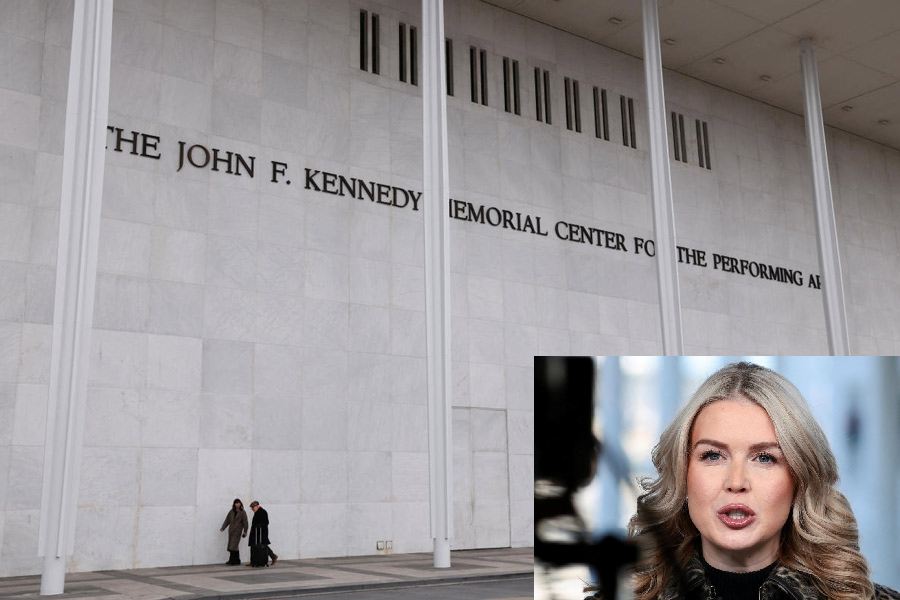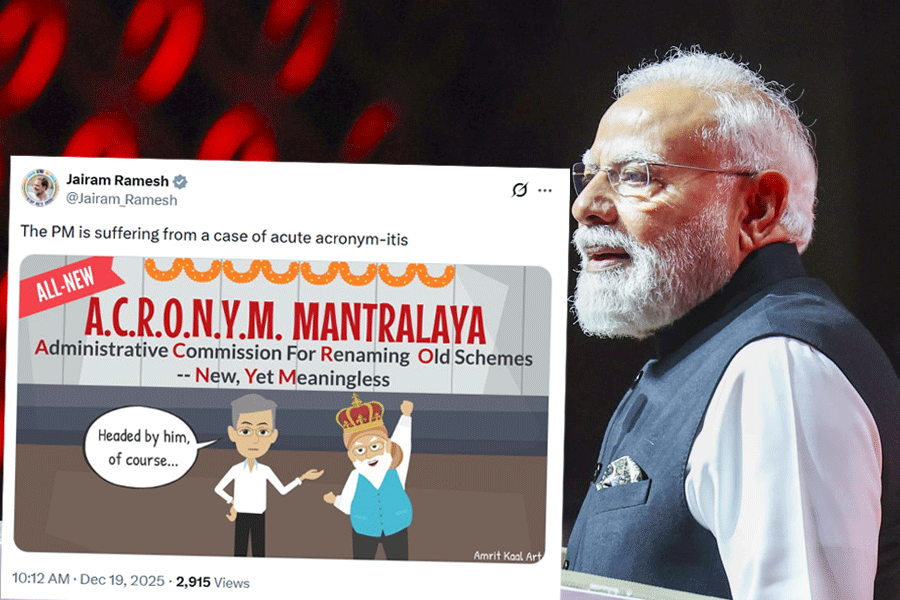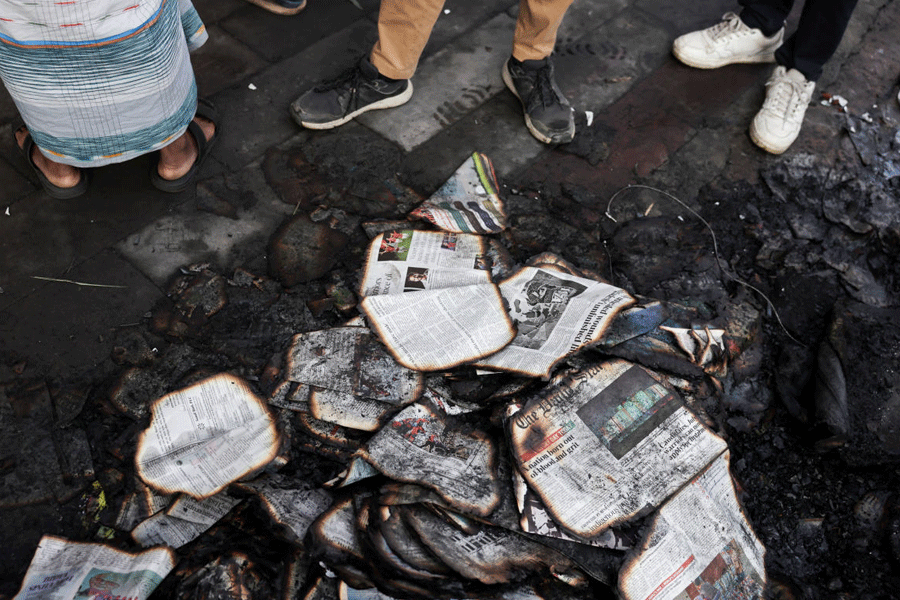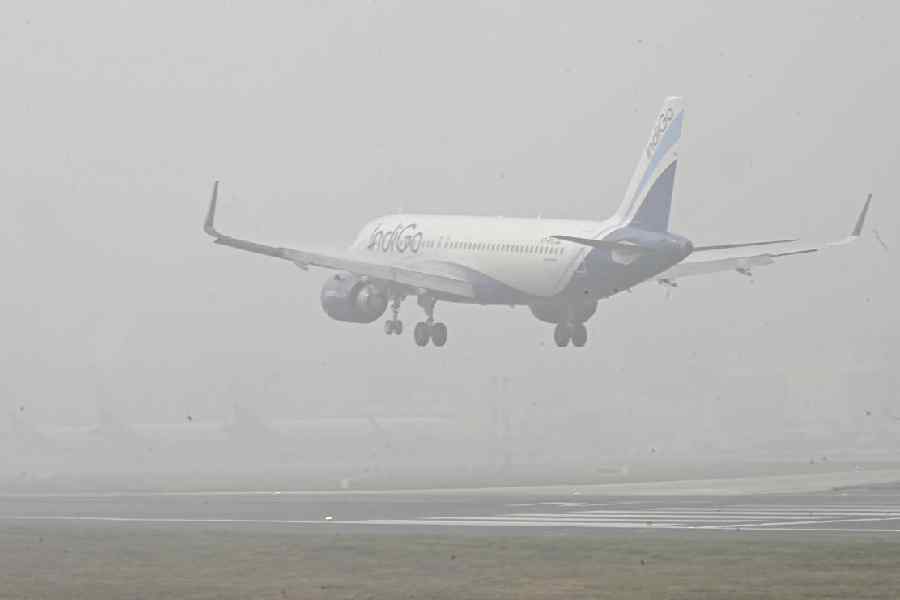 |
Calcutta, Jan. 15: Nandaram has become a phantom highrise — a smouldering slap in the face of the custodians of Calcutta.
The outcome of an investigation by The Telegraph suggests the Calcutta Municipal Corporation let the building tower over the heart of the city for nearly 22 years despite the Supreme Court declaring the entire structure illegal in 1986.
Another revelation that speaks volumes about the guardians of the city: the CMC can’t say for sure who owns the building.
 |
Neither can it trace the original plan of the building in its records room — all of which makes the 14-storey building in the commercial hub of Calcutta virtually non-existent as far as officials are concerned.
Not that the CMC has forgotten Nandaram: it has been merrily sending property tax bills to the owners — a plywood company and a tea trader — last mentioned in its records. Never mind that no one has bothered to pay and the dues have touched Rs 19.62 lakh.
“In our books, a plywood company and a tea trader are mentioned as the owners. We have heard that the ownership has changed since then, but we do not have any records,” Aniruddha Mukherjee, chief manager (revenue), CMC, told The Telegraph.
The ownership entry in the CMC books has not changed since 1980. But traders at the Nandaram market claim the building changed hands several times in the intervening 27 years.
The CMC says the matter is now out of its hands and the state government is the sole authority.
“The Supreme Court verdict of 1986 declared the entire structure illegal. So we cannot consider any reconstruction proposal. The state government will have to take a call,” said mayor Bikash Ranjan Bhattacharyya.
The civic body had allowed reconstruction of Manohar Das Katra, a Burrabazar market that was destroyed in a fire in 1995, as there was no court directive against the structure.
A civic official said no reconstruction could be carried out unless the government invoked Section 600 of the CMC Act, which empowers it to remove the “difficulties regarding building rules”. According to CMC records, the state government has never invoked the section.
After the 1986 Supreme Court order — by when the original six-storey Nandaram had attained adulthood by growing up to 21 floors — two demolition drives were undertaken by the CMC. The first was in 1988 and the next in 1992. They shaved off seven floors and reduced the building to the current 14-floor status.
The CMC decided to lay off at the 14th floor because of a sudden attack of benevolence: traders had moved into the floors below and the civic authority did not want to displace them. Officially, the CMC blames “physical resistance” at the site.
R.K. Sharma, the caretaker of the building from the day it was built, says the CMC should have demolished the “illegal portion” long ago. “Why are they saying now that it is illegal? How did they issue trade licences to people who had shops in the illegal portion? The CMC officials made a lot of money then.”











